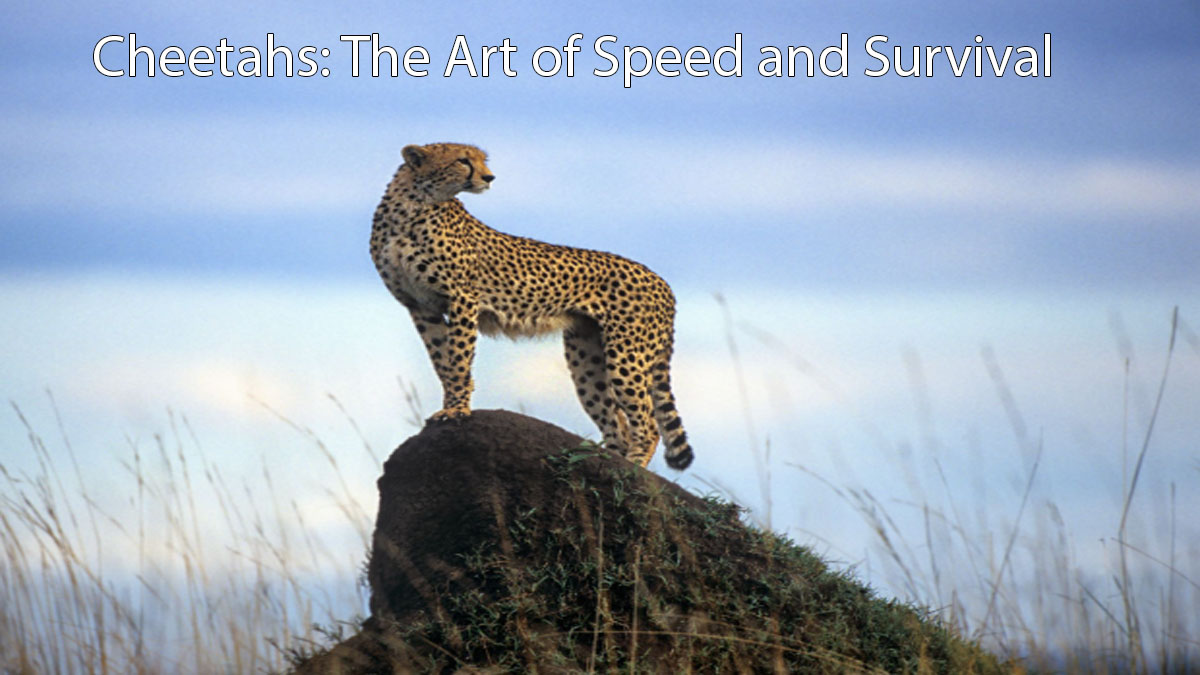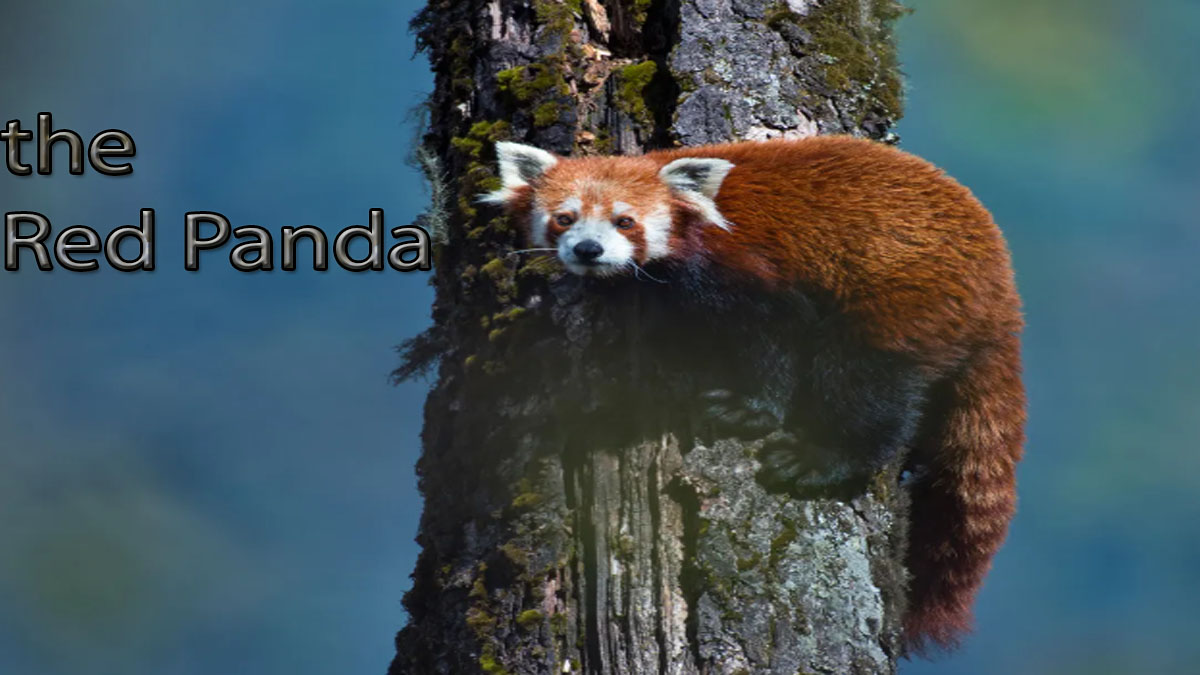The Raccoons are As dusk settles in and the blanket of night shrouds the world in darkness, a masked wonder emerges from his day slumber. The raccoon, with its distinctive black mask and dexterous claws, is a creature of intrigue and intelligence. Often seen as urban scavengers, these nocturnal mammals have a depth of behavior and adaptability that goes beyond their reputation as mere trash collectors. In this blog post, we’ll delve into the fascinating world of raccoons, exploring their physical characteristics, behavior, habitats, and more.

Physical Characteristics: Nature’s Bandits
The Raccoons are medium-sized mammals that are easily recognized by their unique appearance. Typically measuring between 16 and 28 inches in body length, with an additional 8 to 12 inches for their bushy, ringed tails, raccoons show a considerable range in size. They typically weigh between 11 and 57 pounds, with their weight varying depending on geographic location, season, and food availability.
The raccoon’s most distinctive feature is the black “mask” of fur around its eyes, which enhances its bandit-like appearance. These masks aren’t just for show; They help reduce glare and improve their night vision, a crucial adaptation for their nocturnal lifestyle. Their fur is mainly gray with a dense undercoat that provides excellent insulation, allowing them to survive in climates. A bushy tail, marked with 4 to 10 black rings, is a balancing tool and adds to their imposing appearance.
Habitat: From Forests to Urban Jungles
The Raccoon are native to North America but have successfully expanded their range from Canada to Panama. Their adaptability is an important factor in their widespread presence. They thrive in a variety of environments, including deciduous and mixed forests, wetlands, and coastal areas. However, what makes raccoons truly stand out is their remarkable ability to coexist with humans in urban and suburban settings.
In cities, The raccoons have adapted to the availability of food and shelter provided by human activity. They are often found rummaging through trash cans, raiding bird feeders, and making homes in attics and chimneys. This adaptability to urban life has earned him both praise and notoriety. Their presence in these areas demonstrates their incredible ability to exploit new and diverse resources, ensuring their survival across various habitats.

Behavior: The Nocturnal Bandits
The Raccoons are primarily nocturnal creatures, meaning they are most active during the night. This nocturnal lifestyle helps them avoid many predators and reduces competition for food. Their diet is omnivorous and highly varied, including fruits, nuts, insects, small mammals, and fish. In urban areas, raccoons are notorious for scavenging through garbage and compost bins, making them a common sight for city dwellers.
Despite their solitary nature, raccoons are known for their agility and intelligence. Their front paws are incredibly sensitive and act almost like hands, allowing them to open containers, doors, and even complex locks. This skill, combined with their curiosity, makes them adept problem-solvers and escape artists. Studies have shown that raccoons can remember solutions to tasks for up to three years, highlighting their impressive cognitive abilities.
Social Structure and Reproduction: Family Ties
While raccoons are generally solitary, there are exceptions to this rule. Mothers will stay with their cubs until they are old enough to fend for themselves, usually around one year. The breeding season usually occurs between January and March, with gestation lasting about 63 to 65 days. A typical litter consists of 2 to 5 cubs, although larger cubs are not uncommon.
Only the mother is responsible for raising the young, teaching them essential survival skills such as foraging and climbing. The bond between a mother and her cubs is strong, and she will fiercely protect them from potential threats. As the cubs grow, they gradually become more independent, eventually leaving the family group and establishing their territories.

Communication: A Symphony of Sounds
The Raccoons are surprisingly vocal animals, using a range of sounds to communicate with each other. They can produce more than 50 different sounds, including purring, growling, screeching and even chittering. These sounds serve a variety of purposes, from warning of danger to signaling annoyance or contentment. Mother raccoons and their cubs are particularly communicative, using a series of soft, cooing sounds to keep in touch.
In addition to vocalizations, The raccoons also use body language and scent marking to communicate. They have specialized glands on their bodies that produce scents used to mark territory and provide information about their reproductive status.
People also search for
| Types of The raccoons | How to get rid of The raccoons |
| What are the 7 species of raccoons? | What are raccoons classified as |
| Are raccoons dangerous | Are there raccoons in Europe |
| What are raccoons related to | Where do raccoons live |
Raccoons in Culture and Mythology
Raccoons have a rich presence in the folklore and mythology of many cultures. Native American tribes often featured raccoons in their stories and legends, portraying them as clever and resourceful tricksters. In Japanese folklore, the tanuki, a raccoon dog, is a shape-shifting creature known for its mischievous behavior and magical abilities.
In modern culture, raccoons continue to captivate our imagination. They are often depicted as clever and sometimes comical characters in movies, cartoons, and literature. This depiction, although often exaggerated, reflects the real-life behavior and characteristics of the raccoon.

The Ecological Role of Raccoons
Despite their sometimes troublesome interactions with humans, raccoons play an important role in their ecosystem. As omnivores, they help control populations of insects and small mammals, contributing to the balance of their habitat. Their foraging behavior also helps in seed dispersal, promoting plant diversity and forest regeneration.
Furthermore, raccoons are a food source for larger predators, such as coyotes, bobcats, and great-horned owls. Their presence in the food web demonstrates their importance in maintaining the health and stability of their ecosystems.

Coexisting with Raccoons: Tips and Considerations
For those living in areas with raccoon populations, coexistence is key. Here are some tips to minimize conflicts and ensure a harmonious relationship with these nocturnal visitors:
- Secure trash cans: Use raccoon-proof lids or store trash indoors until collection day.
- Eliminate food sources: Avoid leaving pet food outside and secure bird feeders.
- Seal entry points: Check your home for potential entry points and seal them to prevent raccoons from building nests in attics or chimneys.
- Use motion-activated lights: These can deter raccoons from approaching your property.
By taking these precautions, you can reduce the likelihood of raccoon-related problems and admire these fascinating creatures from a safe distance.

Conclusion
Raccoons are more than just masked bandits of the night; They are intelligent, adaptable, and integral to their ecosystem. Their ability to thrive in diverse environments, along with their resourcefulness and curiosity, make them one of nature’s most fascinating creatures. By understanding and respecting raccoons, we can better appreciate the role they play in our world and find ways to peacefully coexist with these nocturnal neighbors.
Whether you encounter them in the wild or your backyard, raccoons are sure to leave a lasting impression with their clever antics and adorable looks. So, the next time you see a raccoon at night, take a moment to marvel at the ingenuity and resilience of these remarkable mammals.
READ MORE INFORMATION ABOUT RACCOON: CLICK HERE
RELATED POST: CLICK HERE
FAQ People also ask
Are raccoons a danger to humans?

Raccoons are dangerous to people and pets when they corner or protect their young. Even if a raccoon appears calm or friendly, residents should never approach a wild animal. Most people know that they are a rabies vector species. Both a healthy raccoon and a sick raccoon can attack, but a rabid raccoon is more likely to attack.
What are 5 interesting facts about raccoons?
Did you know?
Raccoons live an average of 5 years in the wild.
They are very agile climbers.
They are hunted by coyotes, wolves, hawks and owls.
Raccoons are nocturnal animals, so they are rarely seen during the day.
Raccoons have excellent night vision.
What do raccoons eat?
Raccoons are omnivores, meaning they will eat both plants and other animals. These include fruits, berries, nuts, fish, frogs, mussels, crayfish, insects, turtles, mice, rabbits, muskrats and bird eggs. Raccoons typically have one litter per year, usually born in late spring or early summer.
Why is a raccoon called a raccoon?
Raccoons are common throughout Texas and North America. The name “raccoon” comes from the Algonquian Indian word arakun, meaning “he scratches with his hands.” During the 1700s, American settlers dropped the “a” in Arakun, and the name became Raccoon.











